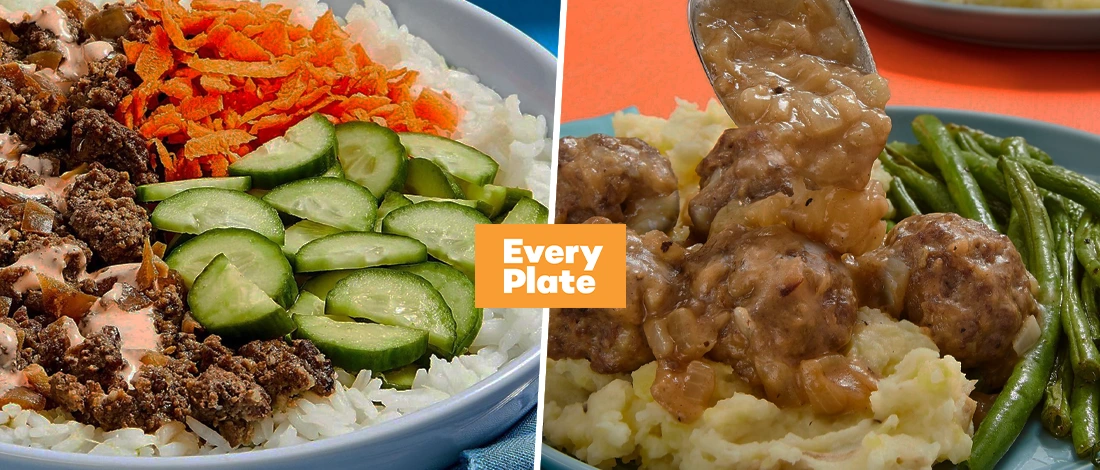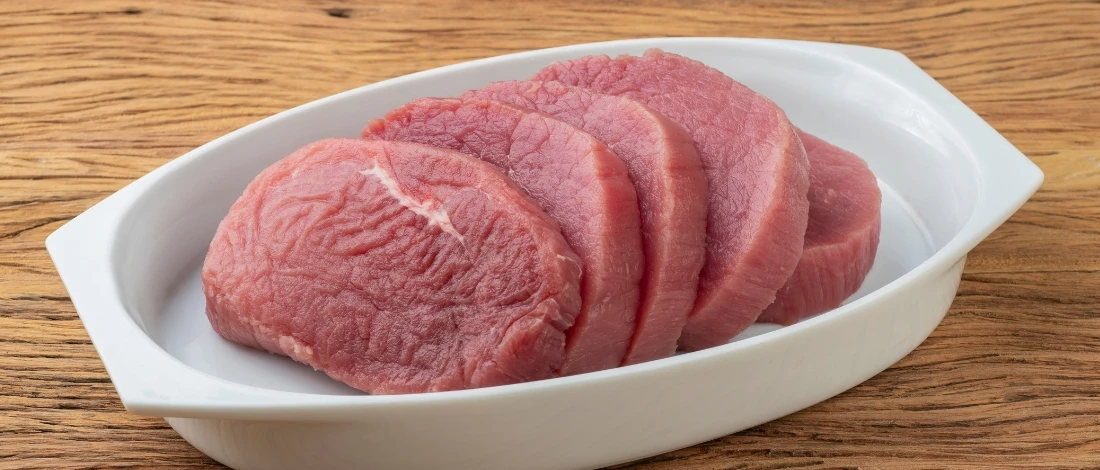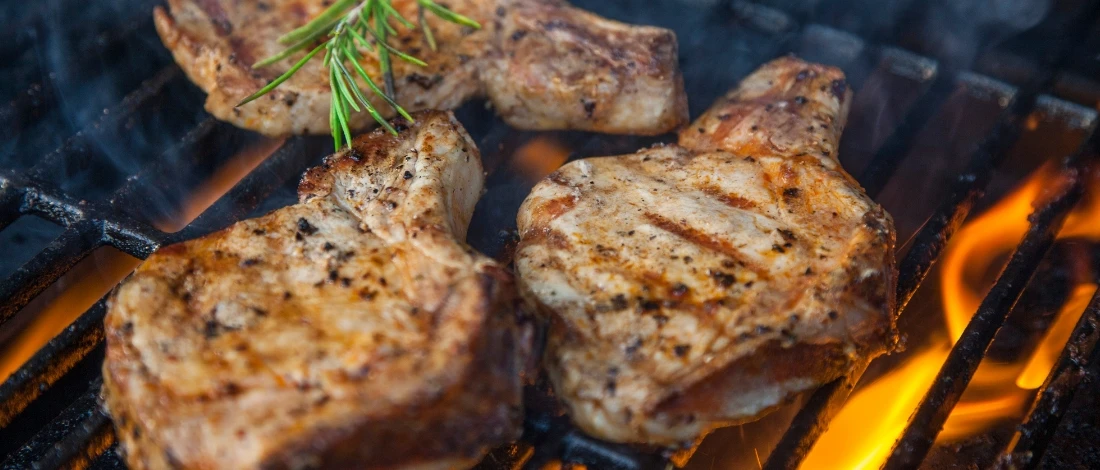People often ask if I'm crazy for following a meat-only diet and wonder if it's too expensive. Surprisingly, you can keep it budget-friendly, similar to other weight loss diets.
At Carnivore Style, I share what I have learned from years of experience, including how to enjoy this lifestyle without overspending.
While I may boast about enjoying striploin and ribeye steaks, the reality is that you can reduce costs by trying more affordable meats.
Fortunately, I've honed my skills over time and learned how to keep my carnivore diet affordable.
But how exactly can a high-meat diet be sustainable without breaking the bank?
Stay tuned for practical advice on this topic.
Quick Summary
- Following a carnivore diet on a budget is achievable, with strategies to reduce meat costs down to affordable levels, potentially even $4 a day.
- Tips for a carnivore diet on a budget include calculating your existing food budget, working out exact meat intake, and getting to know your local family butcher.
- Based on 2024 data from the US Department of Agriculture, the prices for ground beef patties start at $4.12 per pound, pork belly at $3.89 per pound, chicken thighs at $1.75 per pound, mackerel at $2.50 per pound, and affordable organ meat at $1.20 per pound [1].
5 Tips To Reduce Your Meat Costs
Ever before I started a diet of just animal products, I was experimenting with keto. And at that time, I wanted to find out how low you could get your food budget. So, I started my quest of how to eat on $4 a day. I asked myself what to eat on the carnivore diet.
It was quite a challenge being a carnivore on a budget, but I did manage to do it, and I’ve applied the same principles of a frugal diet to a meat-only one. And it all comes down to these five tips.
1. Calculate Your Existing Food Budget

Before you start buying meat for three daily meals next week, determine your current food expenses, splitting them into animal products and plants.
Don't forget to include non-meat and non-dairy expenses – it might add up more than you think. This will give you a starting point for planning your carnivore meals within your budget.
2. Work Out Your Exact Meat Intake
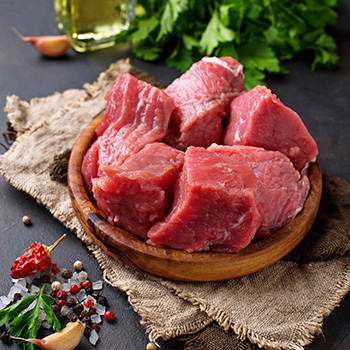
With a daily energy requirement of 2,000 calories in mind, let's craft the ideal meal plan.
Typically, beef, chicken, and pork cuts contain around 600 calories per pound, but opting for fattier cuts can boost that to 800 calories.
Consider including fat-rich fish, providing roughly 1,000 calories per pound. In essence, aim for approximately 3 pounds of meat daily.
Keep in mind that if you’re a bodybuilder in a bulking phase, you may need to add 10% to 20% calories to your carnivore diet meal plan, and if you’ve got some weight loss goals, you want to reduce it by at least 10%.
3. Get To Know Your Local Family Butcher
Now that you know how much meat you need each day, go to your local butcher and talk to the owner about your plans and ask directly if they can come up with some reasonable prices for buying in bulk on a weekly basis.
They will welcome you with open arms and should also be able to give you a good idea of how to make your recipes a bit more varied.
4. Experiment With Cheaper Cuts
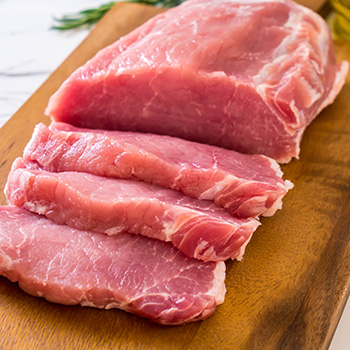
When you're hunting for recipes online, they often call for top-quality ingredients. But here's the scoop: there are affordable, lip-smacking cuts of beef, pork, chicken, and lamb out there if you know how to handle them right.
The kicker? Butchers often struggle to move these cuts, which means they won't put a dent in your wallet. Sure, they might pack a bit more fat, but when you take your time cooking them up, the flavor is off the charts.
Now, let's talk about my go-to: ground beef for carnivore diet meals. It's a wallet-friendly choice, and since it's ground, it's a real time-saver in the kitchen.
For those who crave convenience, meal delivery services have your back. They frequently run promos, sparing you the hassle of grocery shopping.
And for a calorie-packed punch, don't overlook fatty fish and oils, boasting roughly 1,000 calories per pound. On average, you'll probably want to aim for around 3 pounds of meat daily.
5. Find The Best Supermarket Deals

I typically avoid meat from big chain grocery stores since it's often heavily processed. But, if you're on a tight carnivore budget, it's the most affordable choice.
If you regularly browse nearby store websites, you can snag meat deals and discounts on your favorite items.
Personally, I prefer my local butcher; he gives me great deals and I trust his products more.
Meat Price Ranges
To help you get your first carnivore diet shopping list (see more information here) completed, I have put together some price ranges for different meats. This will give you an idea of how to maximize your calories per dollar spent [2].
1. Beef

In supermarkets, ground beef patties are the most budget-friendly option, but watch out for hidden fillers that might add carbs. Less lean cuts (under 70%) cost around $3 per pound. Buying in bulk and freezing can net you discounts.
On the flip side, grass-fed rib-eye steaks can run you about $8, but you can save by opting for non-grass-fed choices [3]
2. Pork

If you're looking for a wallet-friendly choice, consider pork belly, which I've scored for just $2 per pound. When cooked right, it's incredibly tasty. Don't let past mishaps discourage you; it's all about the cooking technique.
While bacon and tenderloin cuts, priced around $6 per pound, are delicious, they can add to your food expenses [4].
Goldbelly offers an array of bacon options, from double-smoked to candy-smoked, if you're feeling indulgent, Goldbelly offers a variety of bacon.
Recommended Post: What Is Kurobuta Pork?
3. Lamb

Unfortunately, lamb isn't as budget-friendly as pork and beef. Lamb shanks can cost around $8/lb depending on the season, and according to a 2015 study from the National Library of Medicine, lamb production will significantly influence the final cost [5].
I personally enjoy lamb as a treat, but for cost-effectiveness, consider other options. If you're seeking quality American-raised lamb, I recommend you check out ButcherBox’s meat selection.
4. Chicken
When it comes to protein, chicken breasts are excellent and cost around $3-3.5 per pound. Thighs, priced at about $2.5 per pound, offer a cheaper alternative, and I personally enjoy their flavor more [6].
Now, while spicy wings are a crowd favorite, they're not the best choice for this diet because you can't use sauces, and there's not much meat on them.
You can find whole chickens, bone-in and boneless chicken breasts, and fresh chicken broth for cooking at Porter Road.
Recommended Article: How to Thaw Chicken Wings
5. Fish & Seafood
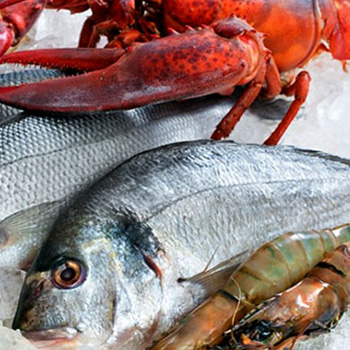
Fish can be quite expensive, especially if you go for cod and salmon, and this 2015 case study from the Food and Agriculture Organization on fish production specified the primary reasons for its prominence [7].
Salmon can easily cost $10-12/lbs and cod around $6-8. However, they are excellent low-carb and high-fat food sources providing a load of extra nutrients, including vitamins, minerals, and fatty acids.
For the biggest bang for your buck, try to get some mackerel. If you live near the ocean, then head to some fishing towns and see if you can get some at wholesale prices of less than $2/lbs. It’s loaded with healthy fats and calories.
6. Organ Meat
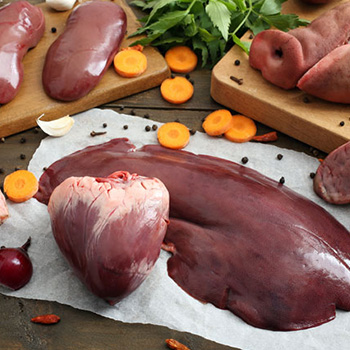
The kidneys, liver, and other organs are packed with nutrients, including vitamins, minerals, and animal protein [8].
Don't forget bone marrow; it's affordable, even when it's organic and grass-fed. It might sound strange, but it's both delicious and nutritious.
At Carnivore Style, we believe that eating meat should be satisfying, simple, and sustainable, even on a budget. Check out our other guides and recipes for more tips on thriving with a carnivore lifestyle.
References:
- https://www.ers.usda.gov/topics/animal-products/cattle-beef/market-outlook/
- https://www.ers.usda.gov/data-products/meat-price-spreads/
- https://scholarworks.uni.edu/cgi/viewcontent.cgi?article=1010&context=pst
- https://www.mdpi.com/2071-1050/15/17/13130
- https://www.ncbi.nlm.nih.gov/pmc/articles/PMC4478491/
- https://www.researchgate.net/figure/The-change-in-the-retail-price-of-chicken-in-response-to-a-change-in-input-prices_tbl2_283661813
- https://www.fao.org/3/i5955e/i5955e.pdf
- https://www.webmd.com/diet/health-benefits-organ-meat





